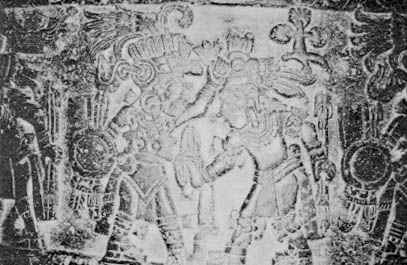|
|
|
|
|
|
|
to Atotonilco (80 km. or 50 mi.; 3 to 4 days), reportedly reaching it the next day (but clearly not) and then marched to Metztitlan (40 km. or 25 mi. to the town proper; 1 to 2 days). |
|
|
|
|
|
|
|
|
The battle site was probably some 24 kilometers (15 miles) from Atotonilco, and the distance could have been covered in a long day's march. Metztitlan was much smaller than Tenochtitlan and could not have fielded a very large army of its own, but it had the advantage of location. The Metztitlan valley is relatively narrow and some 30 kilometers (19 miles) long, with the town of Metztitlan located about halfway from the entry point (from the direction of Atotonilco). Its mountainous sides limited both maneuvering room and the number of combatants that an attacker could bring to bear. Thus it was in Metztitlan's interest to fight just inside the valley, where its numerical inferiority was minimized, its army had room to fall back as necessary, and the town of Metztitlan would not be immediately endangered. |
|
|
|
|
|
|
|
|
 |
|
|
|
|
|
|
|
|
Fig. 26.
Detail from the Stone of Tizoc, showing a warrior taking a captive representing
a conquered town. The warrior is depicted in Toltec attire and with the
smoking-mirror left foot characteristic of Tezcatl-Ihpoca. (Courtesy of the
Museo Nacional de Antropología, Mexico) |
|
|
|
|
|